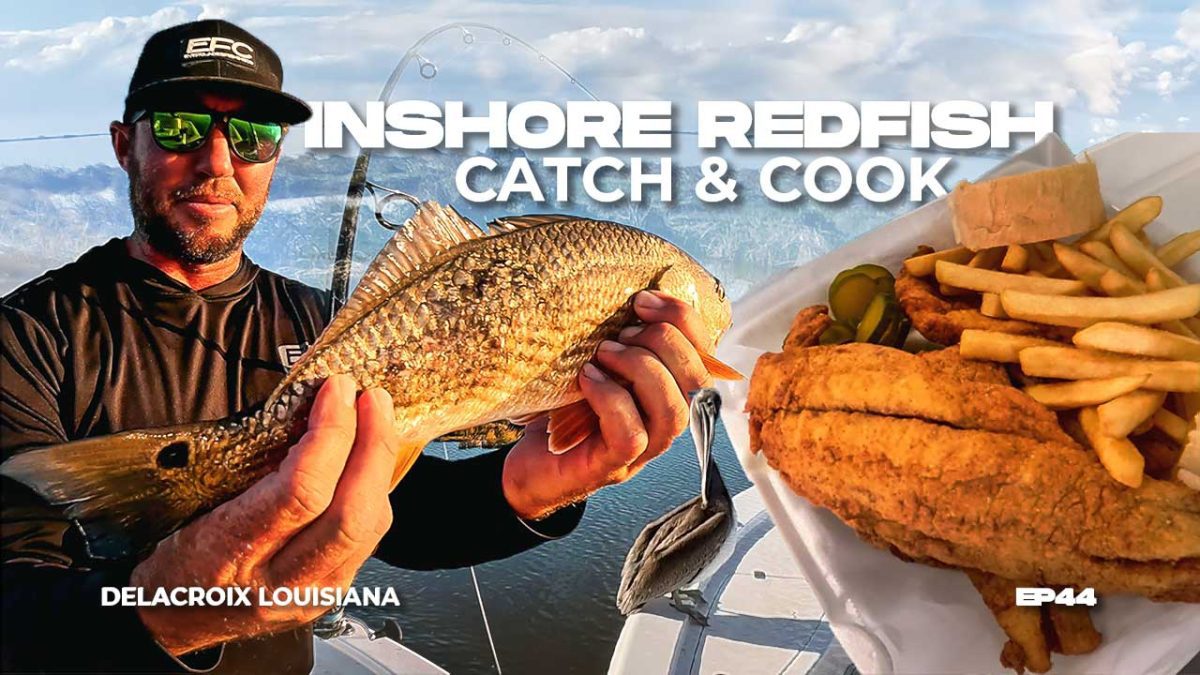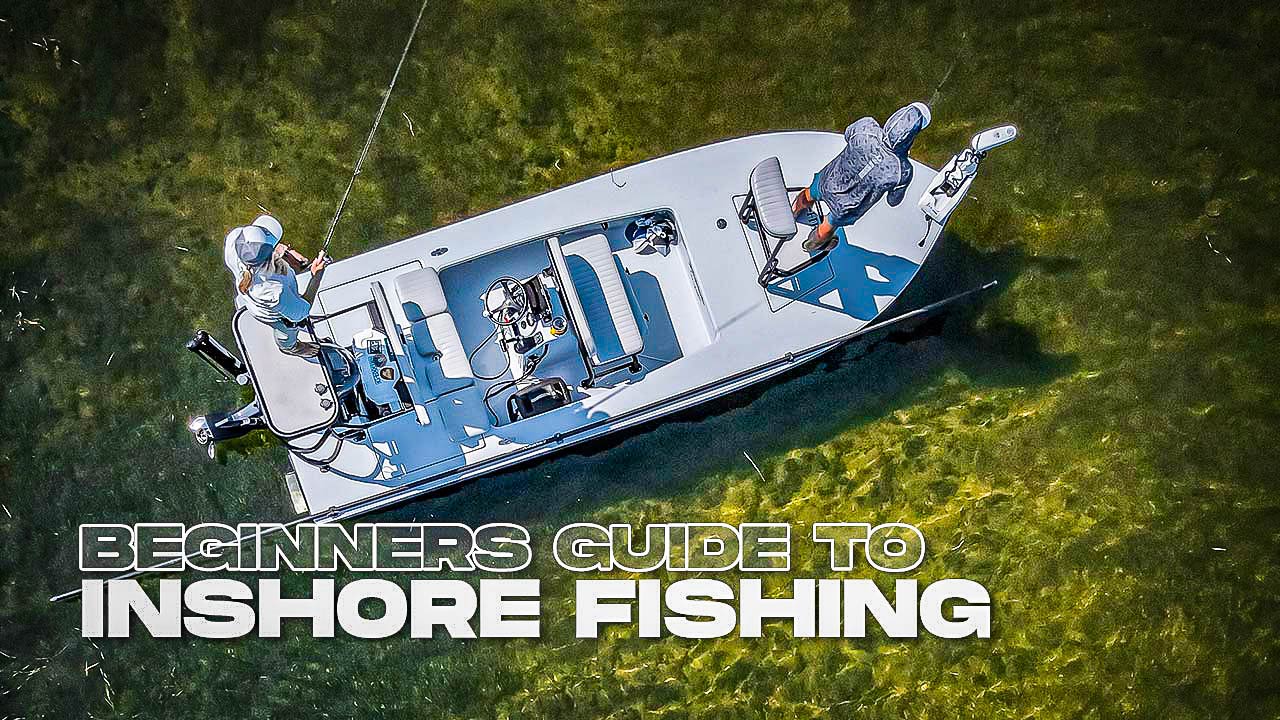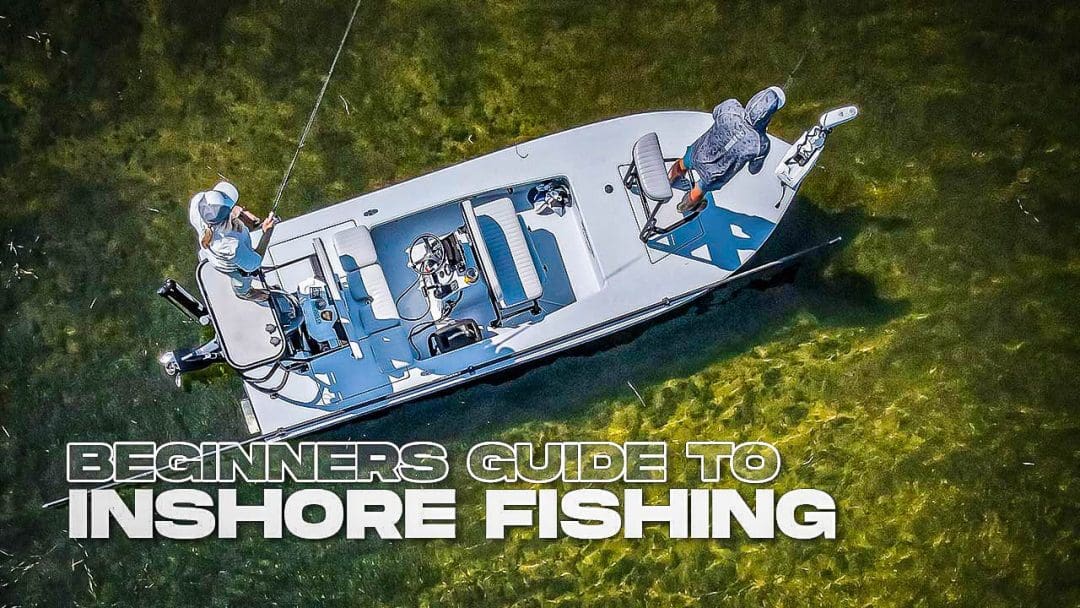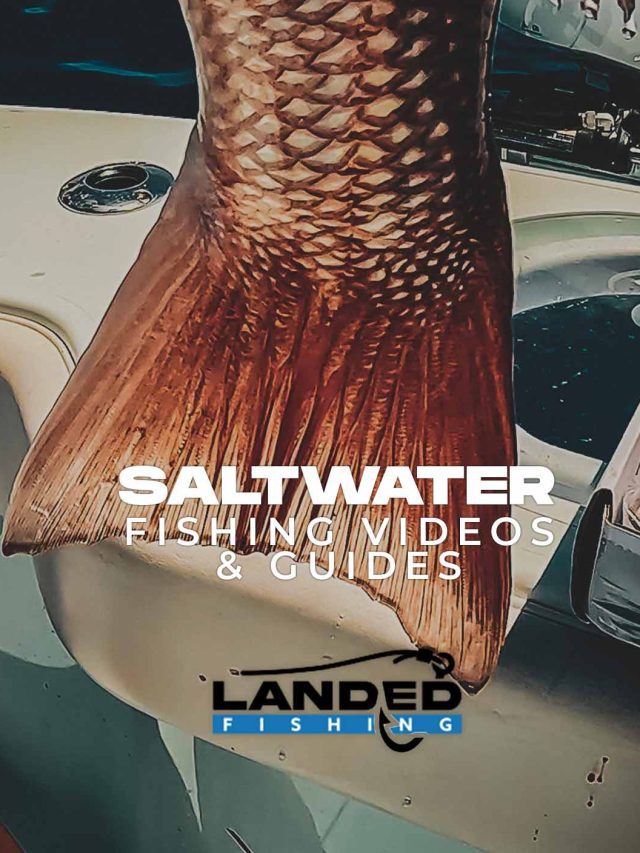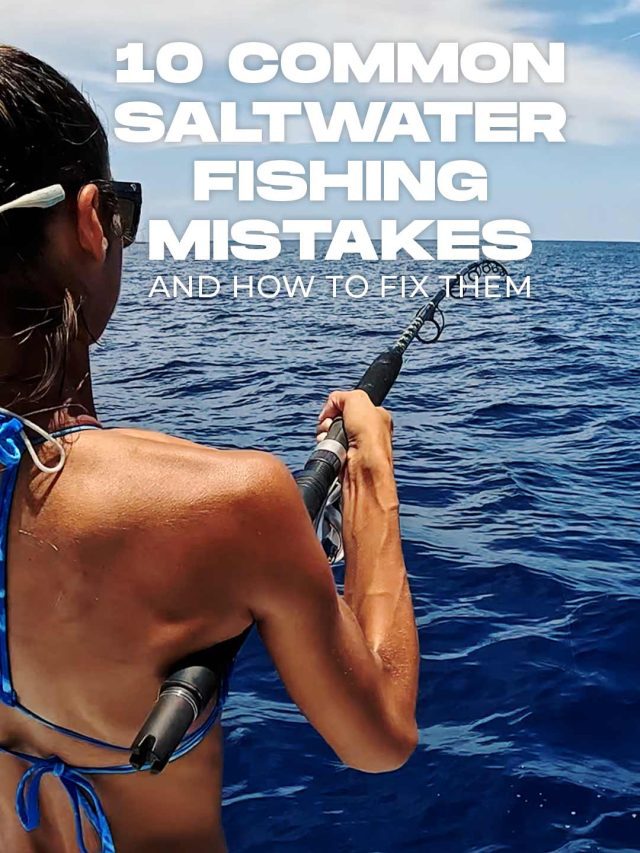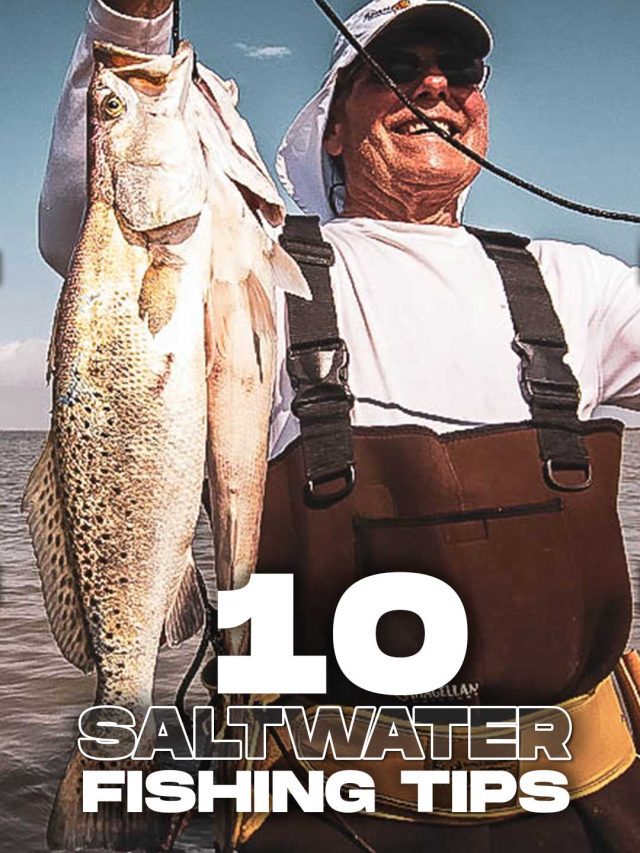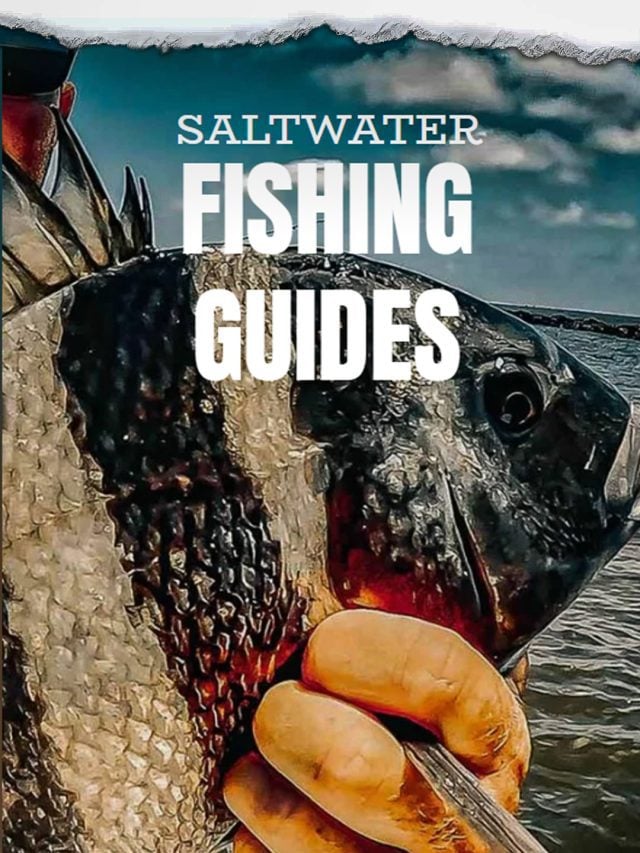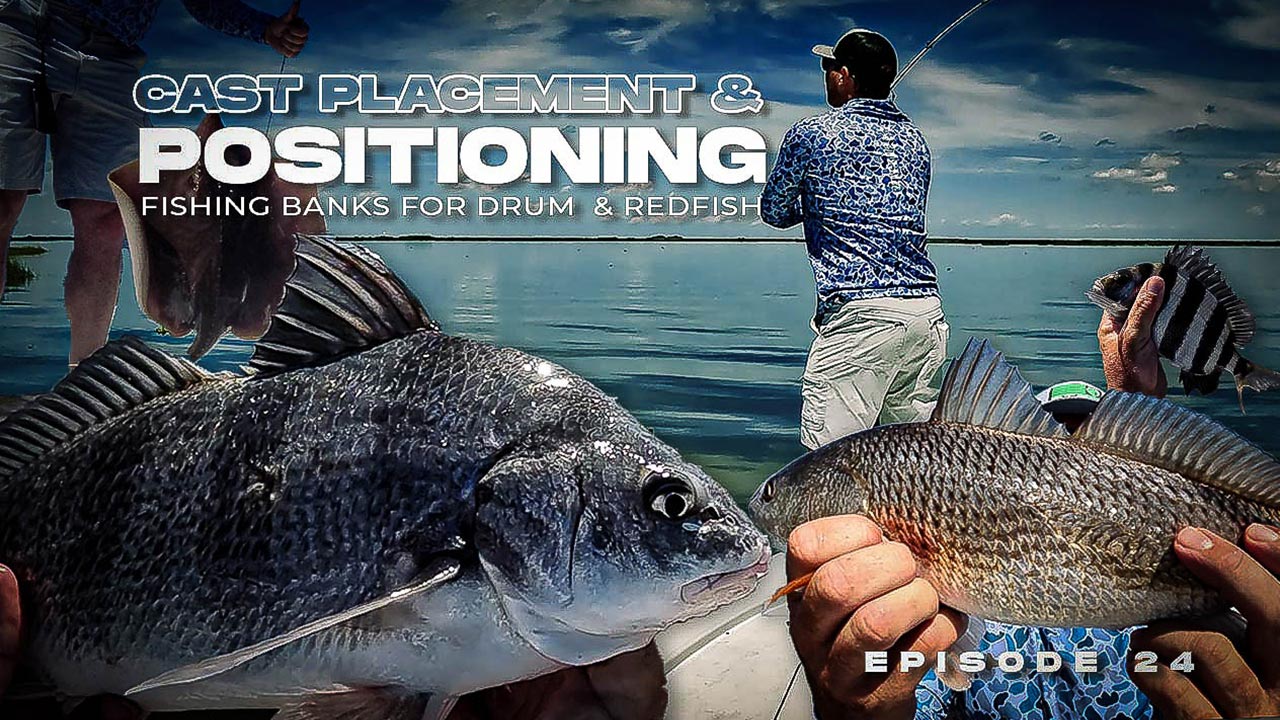Episode 44 Inshore Redfish Catch and Cook showcases the charm and challenge of fishing in one of Louisiana’s premier destinations.
Discover Content
- Watch Episode: Redfish Catch and Cook Delacroix Louisiana
- Locating Inshore Redfish Hotspots
- Catch and Cook: Blackened Redfish
- Effective Redfish Fishing Methods
- Common Fish in Delacroix, LA
- Redfish Catch and Cook:
- Gulf Coast Angler: Local Louisiana Fishing Guides
- Cajun Favorite Fried Redfish Recipe
- Deep Fried Redfish Cooking Instructions:
- Explore More
Watch Episode: Redfish Catch and Cook Delacroix Louisiana
Locating Inshore Redfish Hotspots
Delacroix, Louisiana, stands out as a popular location for fishing enthusiasts. Its rich waters and diverse ecosystems make it an ideal spot for catching redfish, a sought-after species among anglers. The area’s unique blend of salt and fresh water creates a habitat where redfish thrive, offering an exciting fishing experience.
Catch and Cook: Blackened Redfish
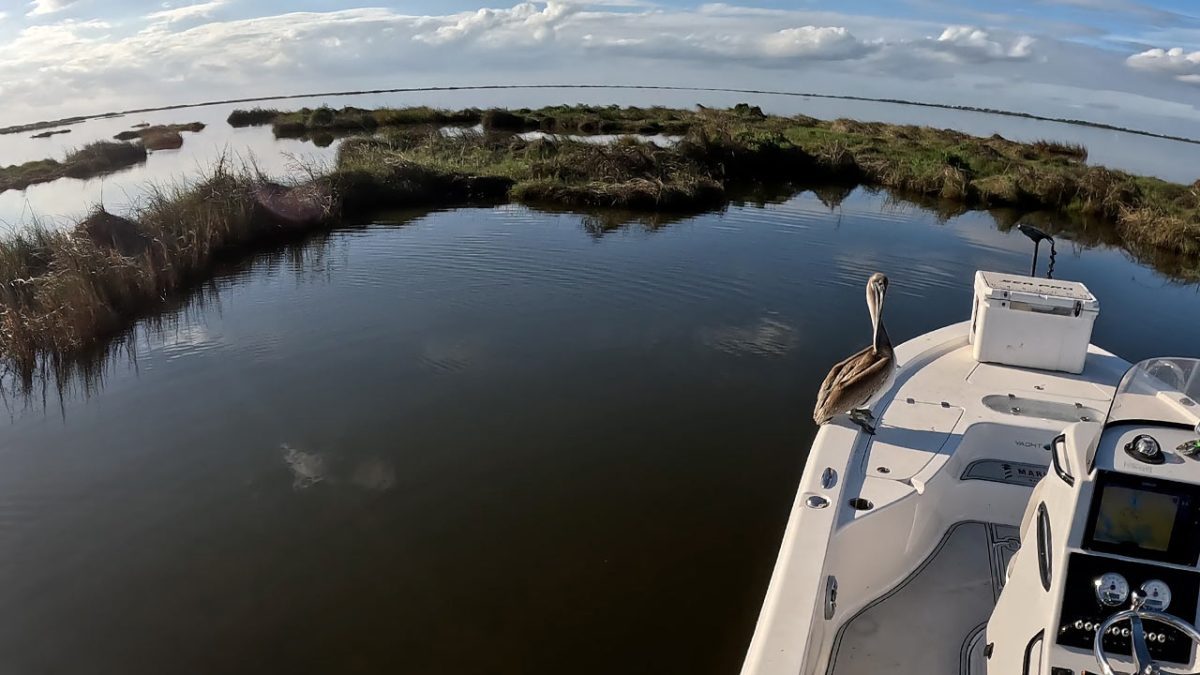
Effective Redfish Fishing Methods
Captain Randall demonstrates the effectiveness of various fishing techniques. Using soft plastic baits for sight fishing along banks, a method that requires a keen eye, polarized fishing sunglasses, skill and patience. Gold spoons, another favored tool, are perfect for covering larger areas and attracting redfish with their reflective properties.
When these methods prove challenging, live shrimp below a popping cork come into play, a tried-and-true technique that seldom disappoints.
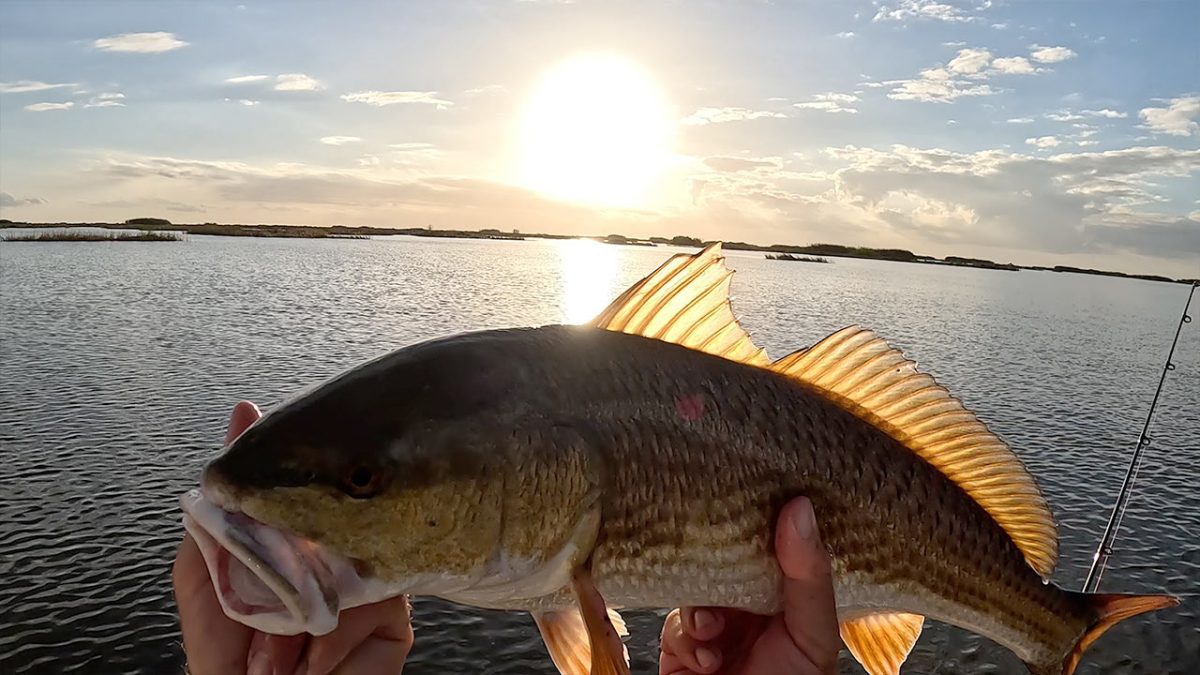
The Catch of the Day: Louisiana Redfish
The highlight of the episode is the successful catch of several decent-sized Louisiana redfish. These powerful fish provide a thrilling challenge for any angler.
Common Fish in Delacroix, LA
Redfish (Red Drum):
Best Time: Year-round, with peaks in spring and fall.
Speckled Trout (Spotted Seatrout):
Best Time: Late spring to early fall, peaking in May and June.
Flounder:
Best Time: Fall, especially in October and November.
Black Drum:
Best Time: Late winter through spring, peaking in March and April.
Sheepshead:
Best Time: Late winter and early spring, especially from February to April.
Redfish Catch and Cook:
This adventure concludes Dockside at Sweetwater Marina in Delacroix, where the day’s catch (redfish) is cleaned, prepared, and cooked. Embracing local culinary traditions, the team uses Zatarain’s, a local favorite seasoning, to fry up our catch.
From Bayou to Table
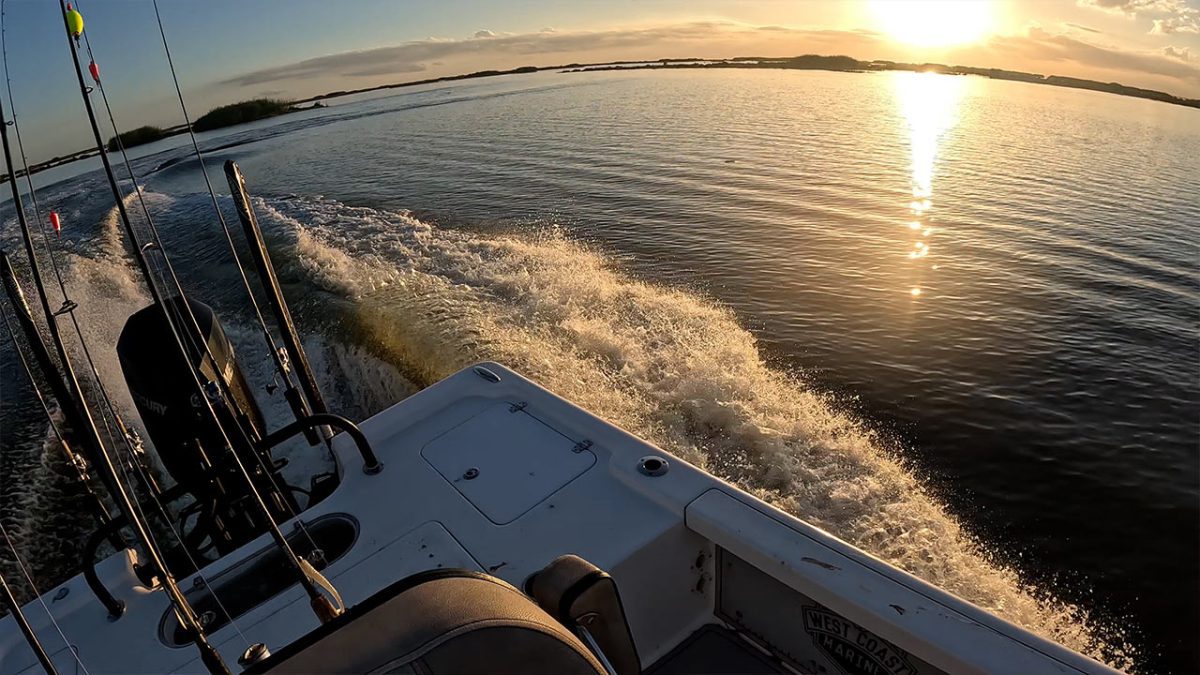
Gulf Coast Angler: Local Louisiana Fishing Guides
For those inspired to embark on their own fishing adventure in Delacroix, local fishing guides like Louisiana Fishing Charters offer personalized experiences. These experts provide invaluable insights into the local fishing spots, techniques, and everything needed to make a fishing trip successful and enjoyable.
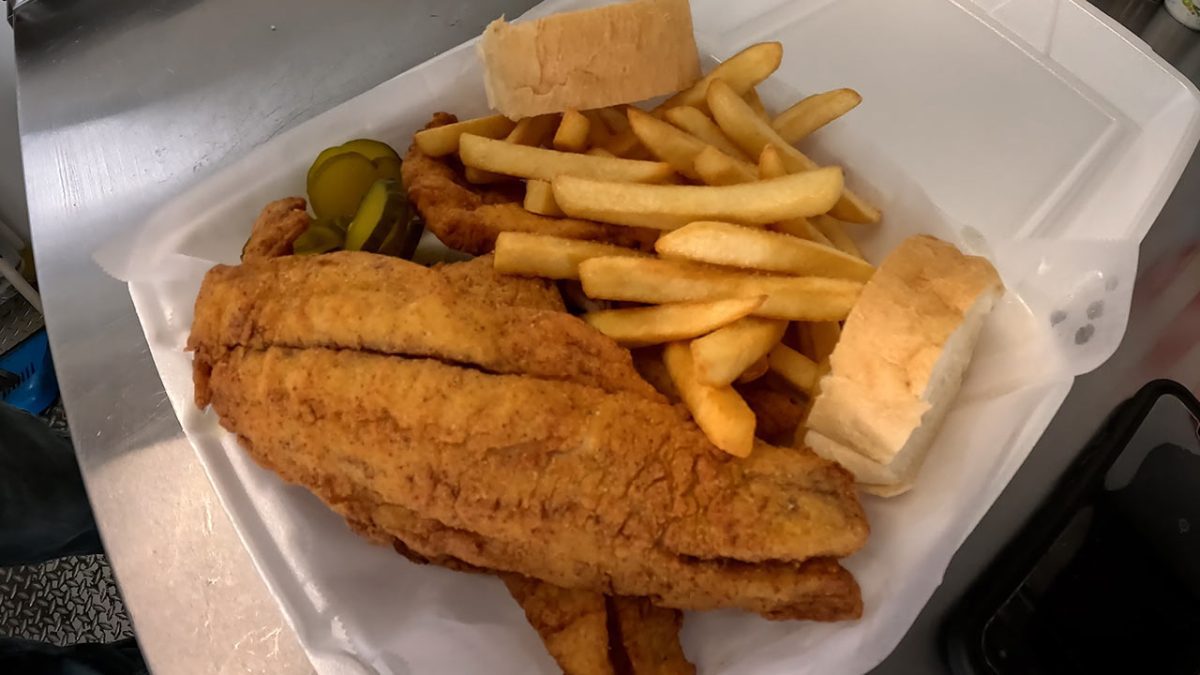
Zatarain’s Deep Fried Redfish Recipe
Cajun Favorite Fried Redfish Recipe
A simple and delicious deep-fried redfish recipe option using Zatarain’s battered fish fry.
Zatarain’s Battered Redfish Ingredients:
Easy Redfish Recipe with a DEEP FRYER or Pan Frying
2 redfish fillets, about 1 inch thick
1/4 Cup Buttermilk or Favorite Alternative
Frying Oil
Deep Fried Redfish Cooking Instructions:
Redfish Recipes: Deep Fryer
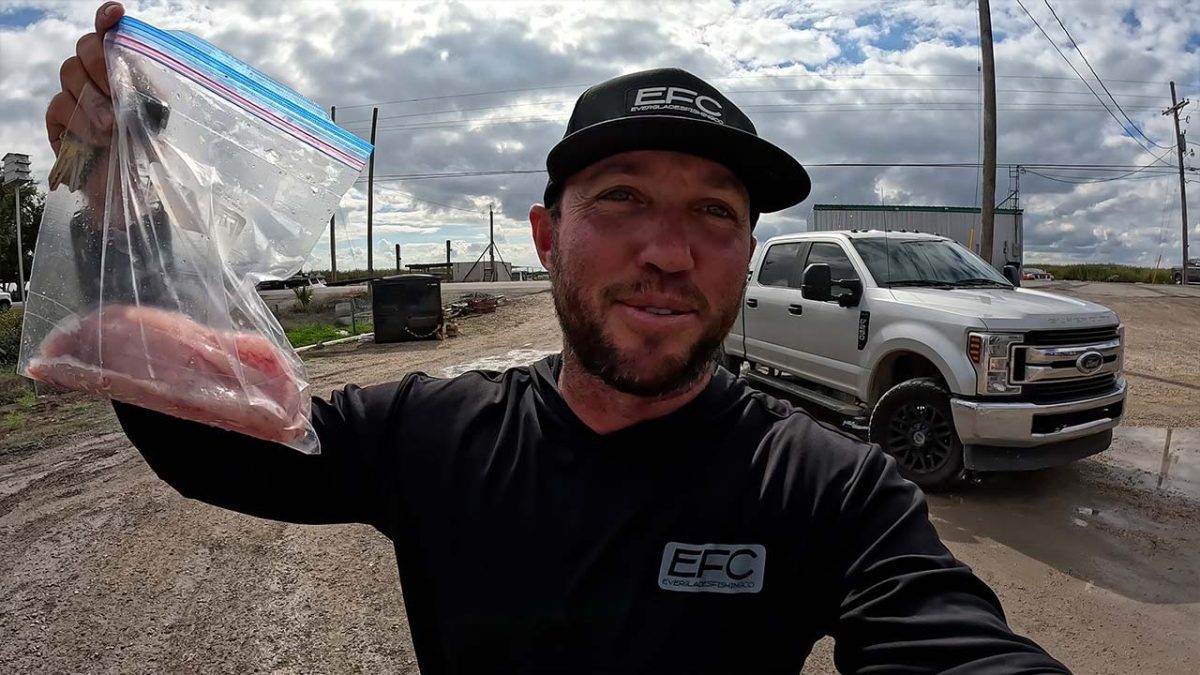
Preheating Oil
Preheat oil to approx. 350 degrees Fahrenheit.
Preparing your Redfish Filets
Clean your, rinse and pat dry your redfish filets
Soaking Filets (Buttermilk)
Once dry soak filets in Buttermilk or your choice of alternative.
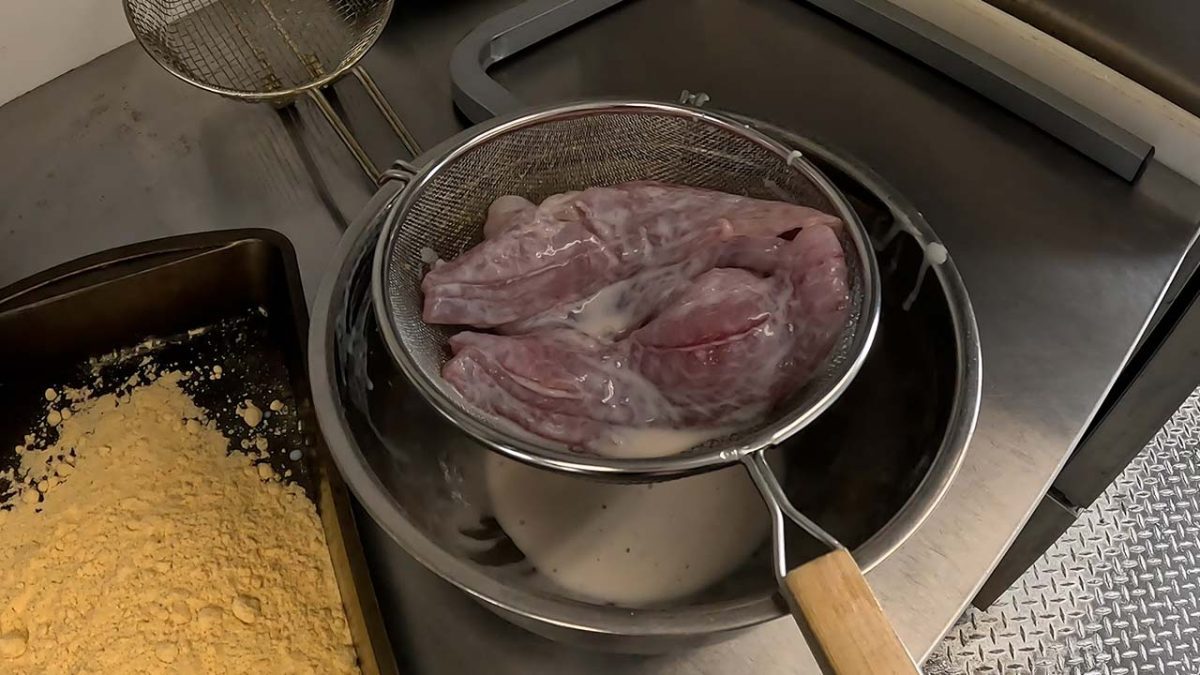
Drain Excess Buttermilk
Remove from Buttermilk and drain the excess liquids off.
TIP: Keep one hand dry and the other wet so you don’t end up with a mess of batter on your fingers.

Generously Coat Redfish Filets (Shake Off Excess)
Generously coat both sides and set aside until oil has reached temperature.
Deep Frying Battered Redfish
Once the oil is at temp, slowly lower filets into oil one by one. If in a deep fryer give a few seconds before putting in the next to help avoid filet breading getting stuck to one another.
Deep Frying Battered Redfish
As the filets cook they will begin to float to the surface
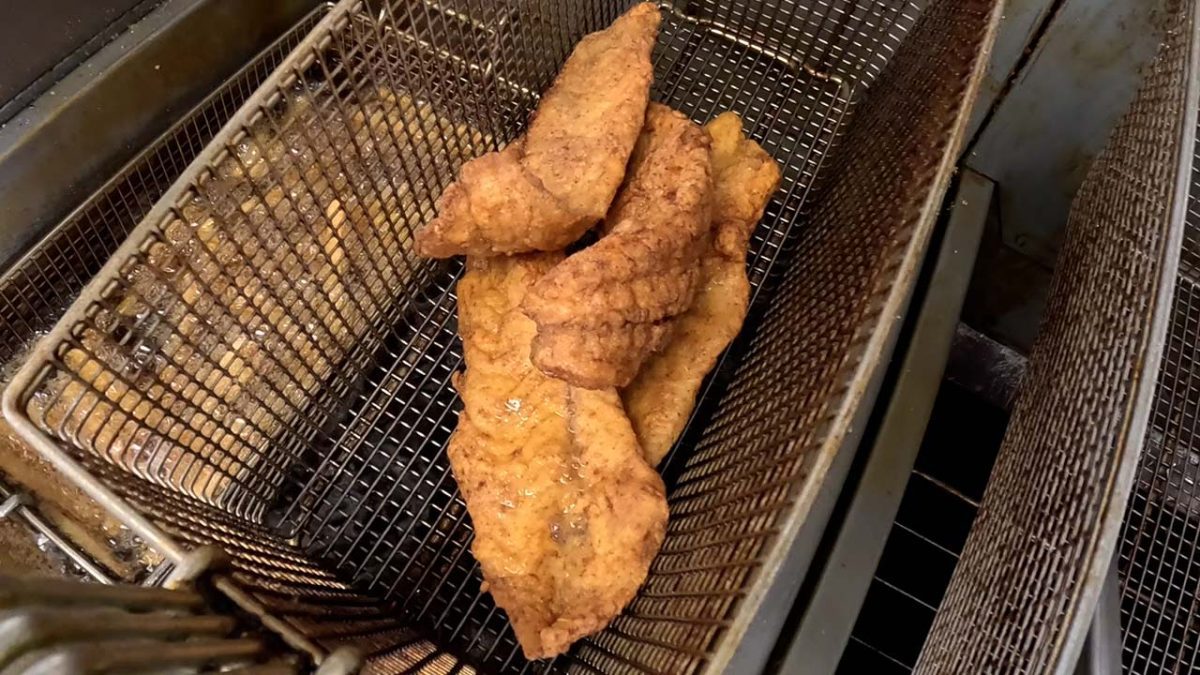
Battered and Cooked Redfish
Once filets begin floating, keep a close eye on them at this point. Cook filets for 3-4 minutes or until floating and desired color is achieved.
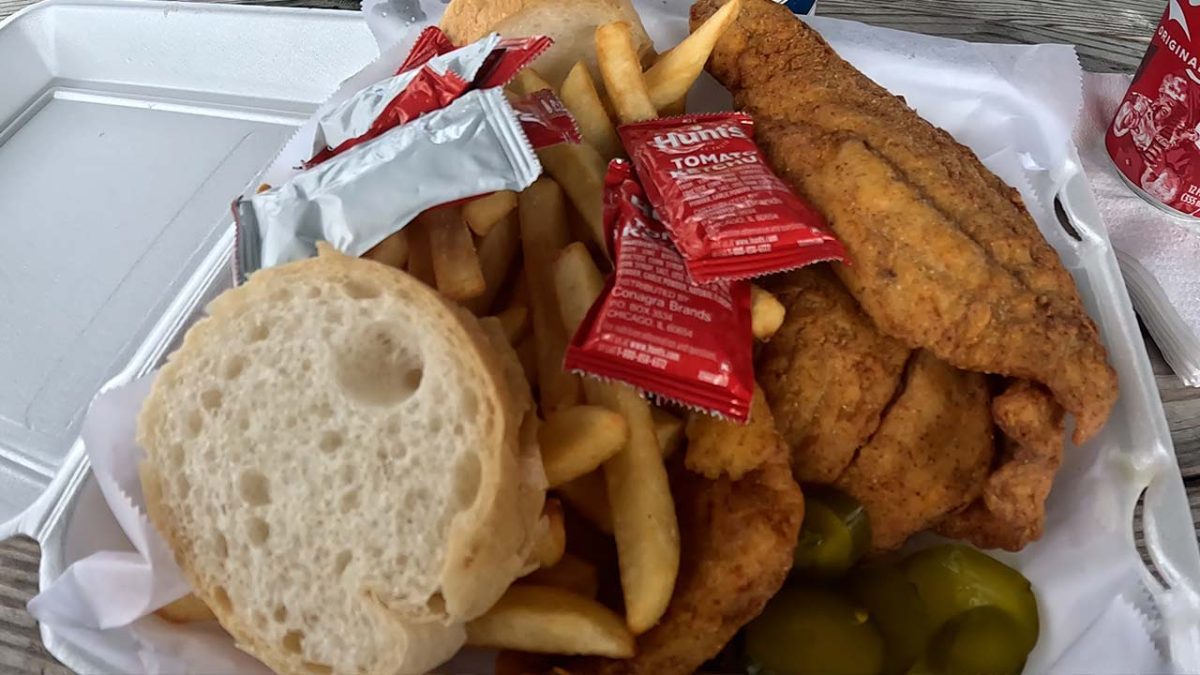
**If your fillets are thicker than 1 inch, you may need to cook for longer.
Serve immediately, Serve with your favorite sides
Episode 44 with Captain Randall is more than just a fishing trip; it’s an experience into the heart of Louisiana’s fishing culture, showcasing the thrill of catching redfish in Delacroix and the joy of savoring the day’s catch.
Whether you’re an experienced angler or a curious novice, Delacroix’s waters are waiting to be explored.

